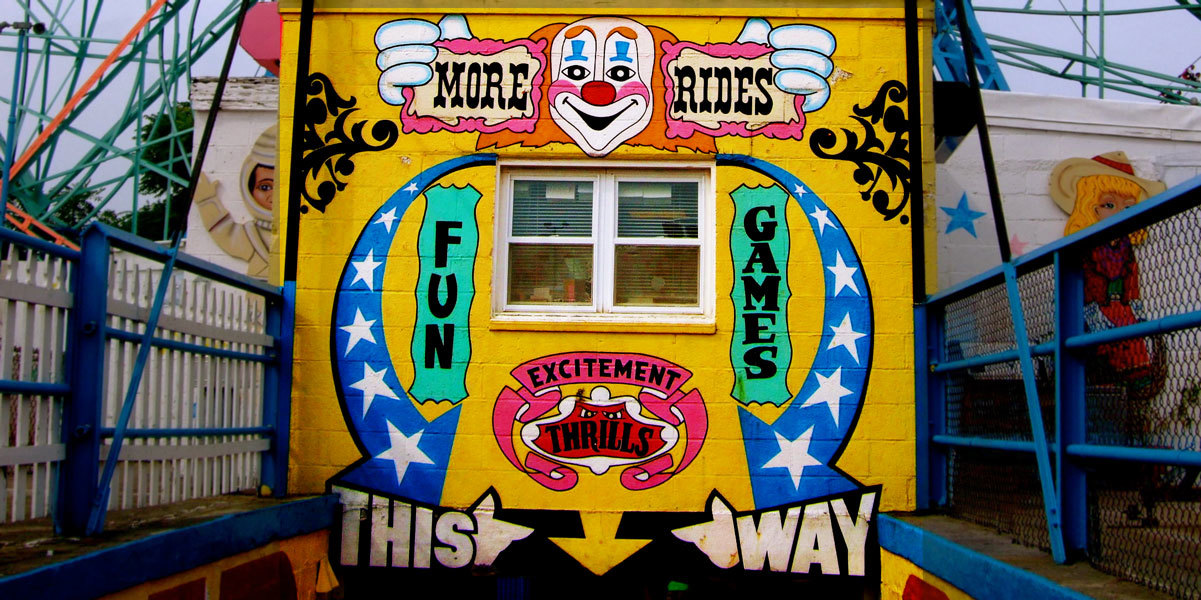In the March 2016 issue of Air & Space / Smithsonian, where I work, I've got a big feature about the Low Density Supersonic Decelerator, which is the two-stage technology NASA's Jet Propulsion Laboratory in Pasadena is working on that will one day allow NASA to deposit heavier objects on the surface of Mars intact. Sounds pretty dry and technical, maybe, but why not show a little confidence in my ability to tell a story? My pal and editor Heather Goss already made me take all the acronyms out, upping the likelihood you'll read this, we both hope.
Read More
And now for something completely different, and completely intimidating -- at least initially. The current issue of Air & Space magazine has my first-ever astronomy story, about the James Webb Space Telescope, the remarkable $8.8 billion dollar replacement for the aging Hubble Space Telescope.
As JWST orbits the Earth from a million miles away, its six-meter mirror of gold-coated beryllium will collect light that's fainter, farther away, and billions of years older than we've ever been able to see, showing us some of the earliest objects that formed in the universe after the Big Bang. As with most of NASA's flagship projects, JWST has taken longer and cost far more than NASA had said and Congress had hoped. It's now set for launch in October 2018.
Read More
